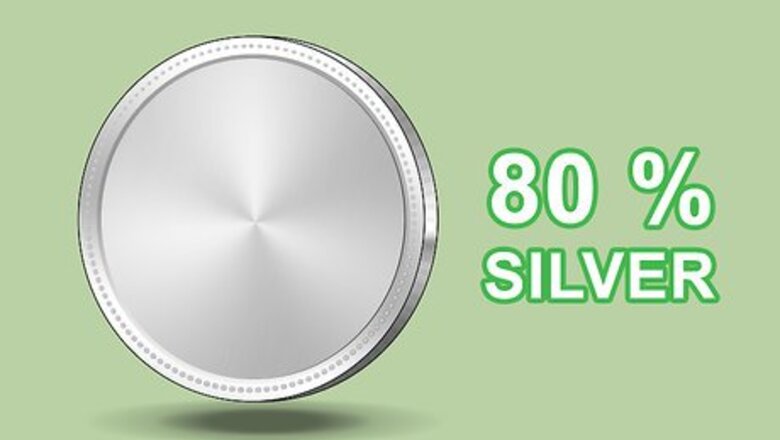
views
Creating the Band
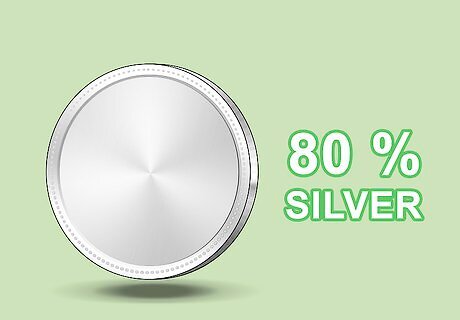
Find a coin that’s at least 80% silver. This first step is very important, because a coin with a low silver percentage mixed with other metals will make for a discolored ring. American quarters made before 1964 are 90% silver, while quarters dated 1965 and later are mixed with copper and nickel. Because of their silver percentage, pre-1965 quarters make excellent rings. Feel free to use other coins, just make sure to Google them beforehand and find out what percentage of silver they are. There are lots of coins to choose from on sites like eBay. The larger the coin, the thicker the ring. A quarter is a great size, but half dollars may actually work better for someone with larger fingers, or someone desiring a thicker band. It is perfectly legal to make rings out of U.S. coins, despite what many people think.
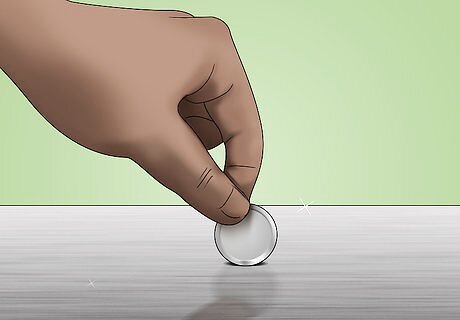
Place your coin on a solid pounding surface, such as an anvil. It’s important that the surface is smooth and sturdy, so the coin does not become warped. Don't worry if you don't have an anvil, because any hard metal surface will do just fine. The surface should be somewhere comfortable because you will be working on it for a good while.
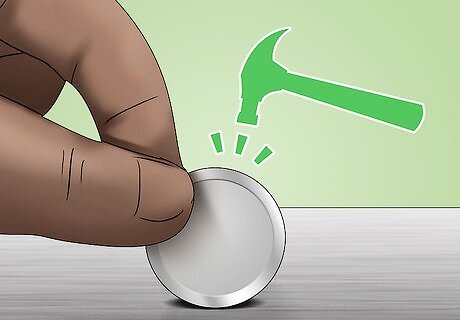
Begin tapping gently along the perimeter of the coin with a hammer. It is important to tap and not pound on the coin, or your ring will become distorted. Roll the coin on the hard surface as you tap along the edge. The ring will slowly start to get smooth and will begin “mushrooming” out. In other words, the perimeter of the ring will start to widen as you tap, and a lip will form along the sides of the coin. This step of the process will take you the longest. You should notice the lip forming after about fifteen minutes of tapping, and it can take up to an hour for the ring to be as wide as you'd like. Continue tapping along the side until the width of the lip is the desired width of the ring. This will take a long time, so turn on the television or some music and make yourself comfortable. A good measure of your progress is to watch the writing along the perimeter of the ring. Slowly but surely, that writing should move to the inside of the lip.
Hollowing the Middle
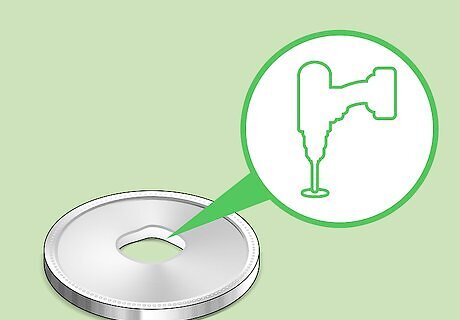
Drill a hole in the center with a power drill. Use a small drill bit for this task, with a 1/8” or 3/16” diameter. Be very careful to line up your drill with the center of the coin, so that you don’t butcher the hard work you’ve done tapping the edges out. However, the hole does not need to be perfect— just make it big enough so that you can fit the rounded needle file into it. Once your file can slide into the coin, put your drill to the side.
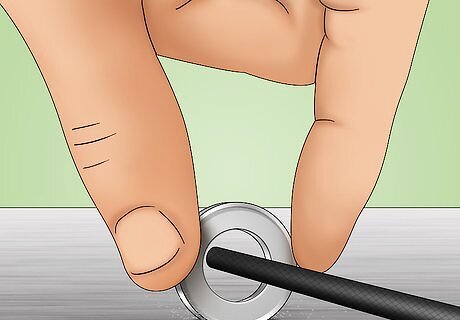
Enlarge the hole with the rounded needle file and begin filing along the inside. It’s easier to hold the file steady and move the ring along the file, rather than trying to hold the ring steady and move the large file. Continue doing this as the hole becomes larger and larger, and the bumps and ridges inside the ring begin to smooth out. It will probably take you about half an hour to get your ring as smooth as you’d like.
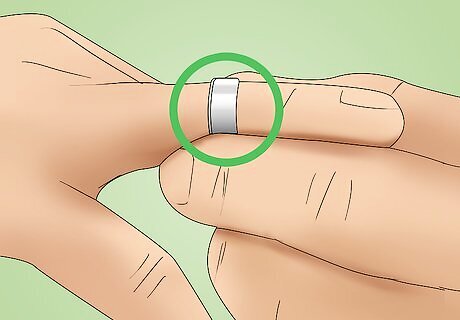
Try on the ring. Do this repeatedly as you file down the hole to ensure it’s the correct size. The great thing about making your own ring is making sure it’s the perfect fit. Don’t file away at the hole mindlessly, or you will end up with a ring that slides right off your finger. If you accidentally end up with a ring that is too big, don’t worry. There are plenty of tricks you can use to make it stay on your finger. One thing you can do is to line the inside of the ring with a silicone adhesive. Once it dries, it will fit snugly on your finger.
Adding the Finishing Touches
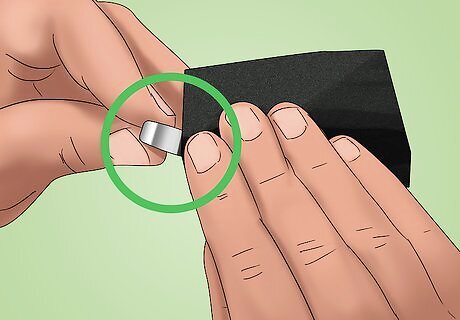
Sand the ring to make it smooth. Buy several sheets of tough sandpaper your local hardware store, and sand along the inside and outside of your ring. Sand until your ring is exactly how you like. This will probably take you about half an hour. It may be helpful to start sanding with a medium grit sandpaper (60 to 100 grit range) and gradually move up to the extra fine sandpaper (up to 600 grit range). During this step, you can also use a buffing attachment on your drill to speed up the process and make your ring as smooth as can be.
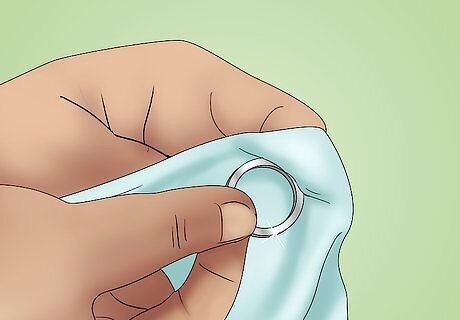
Polish your ring. After a little cleaning, your new ring will shine. Grab your silver polish and put it on a silver-polishing cloth or rag. Rub it on the outer surface and inner surface of the ring. After you’ve adequately rubbed the polish on the ring, rinse it in cool water. Dry it with a soft cloth. If you do not have silver polish handy, try one of these methods. Alternate methods include soaking your ring in a salt bath with aluminum foil, rubbing it with toothpaste, or scrubbing it with a paste made of water and baking soda.
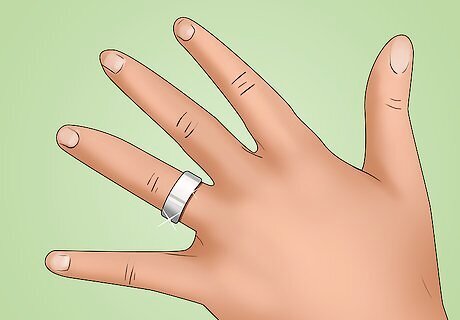
Wear and maintain your new ring. Slip it on and let the compliments roll in. No one will believe that you created it yourself, and definitely not out of a common quarter. Daily wear can affect the appearance of your ring, so make sure you keep your ring looking bright and new by polishing it regularly. There are several tips to maintain your ring. Store it separately from other jewelry to prevent tarnishing, take it off when you’re working with cleaning supplies or cosmetics, and take it off before you shower. Soap and other chemicals can cause a build-up on the ring, making it appear grimy and dull.












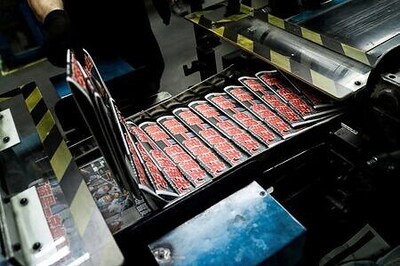







Comments
0 comment